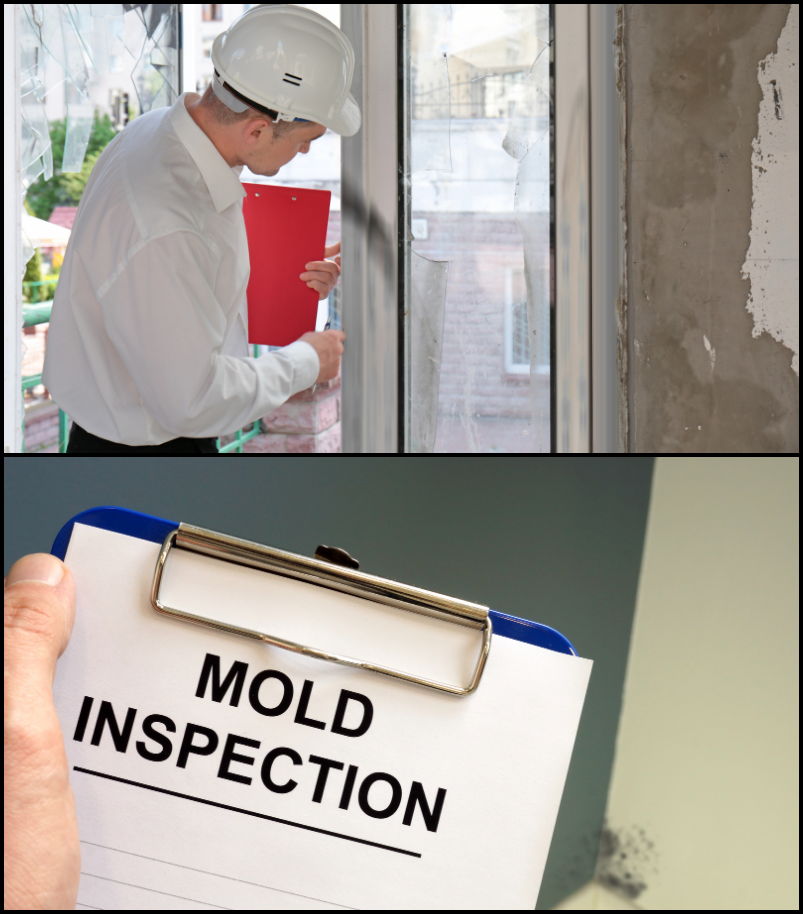Mold Testing in Fort Salonga


The Importance of Mold Testing On Long Island
Professional Mold Inspection in Fort Salonga
Residential
Commercial
Fort Salonga, located on the North Shore of Long Island in both Suffolk and a small portion of Nassau County, is a quiet, affluent hamlet known for its picturesque landscapes, historic significance, and tranquil, suburban living. With a population of around 10,000, Fort Salonga spans parts of the towns of Huntington and Smithtown, making it a community that enjoys the natural beauty of Long Island’s Gold Coast, with access to forests, parks, and waterfront views along the Long Island Sound. The hamlet’s name is derived from a Revolutionary War fortification, Fort Salonga, which once stood in the area, giving it a rich historical background. Today, the hamlet is a blend of historical significance and modern residential life, featuring a variety of beautiful homes, many of which are nestled on large properties with sweeping views of the surrounding nature. The area is known for its peaceful atmosphere, making it popular among families and professionals seeking a suburban retreat.
The local economy in Fort Salonga is primarily residential, with small businesses, local services, and nearby commercial hubs in Northport and Kings Park providing essential amenities. Residents have access to a range of dining, shopping, and recreational options in the surrounding areas, while Fort Salonga itself remains a quiet, residential enclave. The hamlet's proximity to larger towns like Huntington and Smithtown ensures that more extensive services, including major shopping centers and cultural institutions, are just a short drive away. Fort Salonga’s natural beauty is one of its biggest draws, with parks, preserves, and waterfront access offering plenty of opportunities for outdoor activities. The hamlet is home to Callahan’s Beach, a popular spot along the Long Island Sound that provides scenic views, swimming, and picnicking. Nearby, Sunken Meadow State Park offers additional recreational opportunities, including hiking, biking, and golf, as well as expansive beaches and scenic trails along the bluffs overlooking the Sound.
Our Mold Testing Services in Fort Salonga
Our testing and inspection process includes the following steps:
Visual Mold Inspection:
Identifying any visible signs of mold growth.
Air Quality Testing:
Detecting mold spores in the air to assess indoor air quality.
Surface Testing:
Collecting samples from surfaces to confirm mold presence.
Moisture Mapping:
Pinpointing areas of potential water damage that may lead to mold growth.
Why Choose Long Island Mold Testing
Certified and Experienced
Local Experts
Fast & Reliable Service
Health-Focused Approach
FAQs
1. What is mold testing?
Mold testing involves inspecting a property for the presence of mold by collecting air or surface samples and analyzing them in a laboratory to determine if harmful mold is present and at what levels.
2. Why is mold testing important?
Mold testing helps identify hidden mold growth that can cause health issues, property damage, and decreased indoor air quality. It allows homeowners to take prompt action to remove mold and prevent further problems.
3. How do I know if I need mold testing?
If you notice visible mold, experience a musty odor, or suspect water damage (e.g., from flooding or leaks), mold testing is recommended. It’s also a good idea after purchasing a home, following major storms, or if household members experience unexplained health issues.
4. What types of mold are commonly found in homes?
Some common molds found in homes include Stachybotrys (black mold), Penicillium, Aspergillus, and Cladosporium. Testing can determine the specific types of mold present and assess the risks they may pose.
5. How is mold testing performed?
Mold testing typically involves collecting samples from the air, surfaces, or materials in your home. These samples are then analyzed in a lab to identify the types of mold present and their concentrations.
6. How long does mold testing take?
The actual testing process usually takes a few hours, but receiving lab results can take anywhere from 24 hours to a few days, depending on the type of testing and the laboratory used.
7. How much does mold testing cost?
The cost of mold testing varies depending on the size of the property, the extent of testing required, and the types of tests performed. Prices typically range from $300 to $600, but more comprehensive testing can cost more.
8. What should I do if mold is detected in my home?
If mold is found, you should contact a professional mold remediation company to safely remove it. It’s important to address the underlying cause of the mold (such as water leaks or high humidity) to prevent future growth.
9. Can I test for mold myself?
There are DIY mold testing kits available, but they may not be as reliable as professional testing. Professional mold inspectors are trained to locate hidden mold and provide more accurate assessments of the extent of the issue.
10. How can I prevent mold growth in my home?
To prevent mold growth, control indoor humidity levels, repair leaks promptly, ensure proper ventilation (especially in bathrooms and kitchens), and clean and dry areas affected by water damage as soon as possible.
11. Is all mold dangerous?
Not all mold is harmful, but certain types of mold can cause health issues, especially for individuals with allergies, asthma, or weakened immune systems. Professional testing can help determine if the mold in your home poses a risk.
12. How often should mold testing be done?
Mold testing should be done after water damage, if mold is visibly present, when moving into a new home, or if you notice unexplained health symptoms. Otherwise, periodic testing every few years can ensure your indoor air quality remains safe.